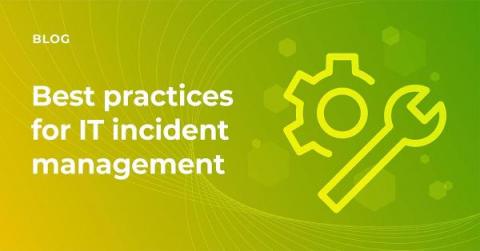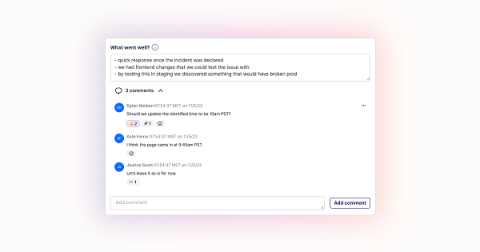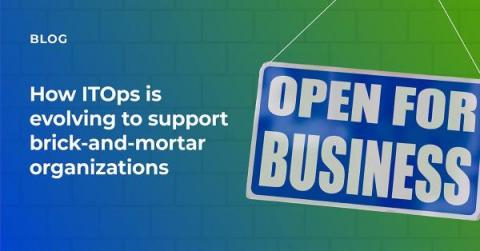Best practices when managing an outage
There's never a good time for a service outage. And, from the moment it hits, it starts affecting your stakeholders. Suddenly, essential daily tasks are curtailed while your team enters emergency response mode. However, the surest way to mitigate damages and recover quickly is to follow a set of best practices. It's far better to plan for an outage. But if you wait until it happens before you start developing a response, you will be far behind where you need to be for a quick resolution. This guide will help you create a set of best practices for your organization. This will help you work toward faster and more effective responses.











